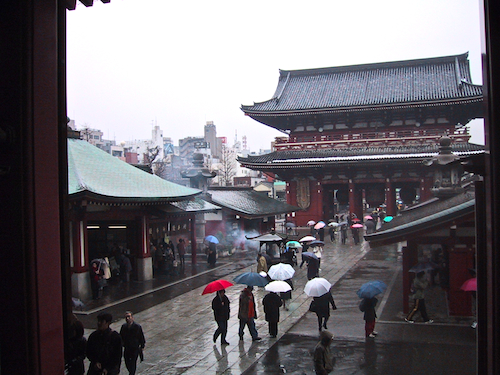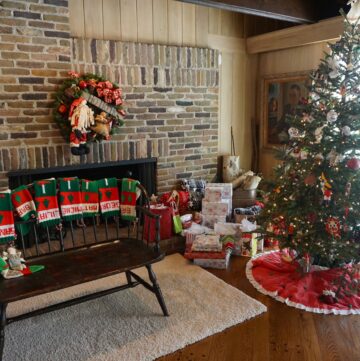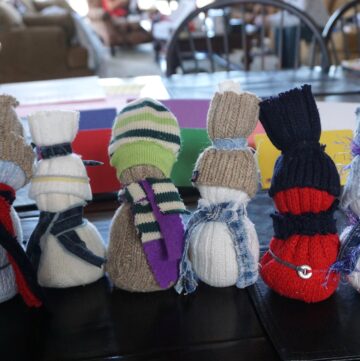Many thoughts triggered by this past week’s tragic series of events in Japan…earthquakes and memories, stories, fears and hopes.
My brief trip to Tokyo and Kyoto in 2001 – I tagged along on my husband’s work trip and spent the days, map in hand, exploring alone. I was charmed by the extreme specialization of Japanese restaurants: this place just for tuna, that place just for ramen, another place just for tonkatsu. I remember the amazing food they sold at train stations and on trains – neatly packed box meals featuring fresh specialties from that region. Even the most basic of fast food, sold at convenience stores – sticky rice formed into in a tidy ball or compact triangle, wrapped in crisp roasted seaweed, with perhaps a bit of savory filling or Japanese pickle – was wholesome, tasty and clever. In every aspect of Japanese life, from food to the highly efficient transportation systems, was evident the ingenuity and efficiency of the Japanese people.
My Aunty Ruth – A beloved family friend, not a true relative, she grew up in Japan as the daughter of an American merchant and a Japanese mother. I remember her stories about she and her neighbors finding unexploded bombs in their yards in Yokohama during World War II and how she laughed about the absurdity and danger of it all. I think now of her tales and the resilience of Japan under siege.
The 1989 earthquake in California during the World Series between the San Francisco Giants and the Oakland As – People across the country saw the jumpy start of the 6.9-magnitude earthquake as they watched the baseball playoff on TV. I was in high school, babysitting for friends in Palo Alto. I remember hearing the rattling of the windows first, before I realized the ground was shaking. I grabbed the boys, and we huddled under the kitchen table until the jolting stopped. But then everything was fine. When my friend Sarah got home I headed for home through back roads to avoid the jammed throughways. It wasn’t until I got close to home that I realized I had to drive over a high overpass that spanned a busy freeway far below. I stopped, wondering if the overpass had hidden damage, wondering whether to backtrack and go another way. I held my breath and drove across.
The 2004 9.1-magnitude Indian Ocean earthquake and tsunami – The day of the earthquake I was scheduled to fly to Mumbai for my friend Prithvi’s wedding. It had been a long-held dream of mine to go to an Indian wedding in India (the multi-day ceremony, the food, the colors!), and though it was a stretch – a three day trip squeezed in between Christmas and New Year’s, leaving my three-year-old and almost-one-year-old with my husband and in-laws during our holiday visit to Ohio – I found a ticket using frequent flier miles and looked forward to every moment. Even with the early reports of the tsunami, which did not affect Mumbai, I headed for the airport. Ironically I was foiled by a Midwestern snowstorm. My intrepid friend Jalak had made plans to fly out from New Jersey to hang out with me in Mumbai, even though she was not going to the wedding. She ended up having a solo trip to Mumbai, and I locked myself in the bathroom and had a good cry.
Is California next? – With the alarming increase in worldwide seismic activity in the last couple of years, the west coast may well be next. The San Andreas and Hayward faults in the Bay Area are both overdue. The Pacific Northwest is just as ripe and at potentially greater risk, as the Cascadia subduction zone off the coast of Washington, Oregon and the very northern part of California is the fault type that is capable of the kind of deadly earthquake-tsunami combination that devastated areas around the Indian Ocean in 2004 and northeastern Japan last week. I was somewhat comforted to read that the San Andreas fault that runs down California can (only!) sustain up to an 8.0-magnitude quake and is not the kind that causes tsunamis.
We try to prepare for foreseeable disasters, but the real disasters are what catch us off guard. The great damage to San Francisco after the 1906 earthquake was more from the fire it triggered than from collapsed buildings. Certainly Japan was prepared for a major earthquake, but it wasn’t prepared for the wall of water that barreled through its flat coastal land afterward, flattening entire towns and eclipsing even the worst of the worst-case nuclear reactor failure scenarios.
Disaster planning reminds me of those floatable seat cushions and bouncy inflatable exit ramps on airplanes – safety concepts that almost never get used in a real emergency. When I think about earthquakes I imagine a disaster scenario in which perhaps the house is damaged, but we’re safe and in reach of our well-stocked survival kits.
But more often disaster hits us blind. Last week my friend’s nephew – a promising recent college graduate – died suddenly. My friend had prepared for the eventual death of her aged parents, whose health has been uneven for years, but this was terrible for its shocking unexpectedness.
We prepare for disasters for our own psychological comfort, to feel like we have done all we can. But when real disaster strikes unpredictably, we will need the help of others. Our comfort then will not be our preparedness but the kindness of others, the memories of happier days and the knowledge that we enjoyed those moments, those loved ones, to the fullest when we had the chance.
So let us love. Be present. Give generously to those in need: what is a token to us in times of plenty is dearly cherished by those who have lost everything.
* * * * *
How to help
Aid to stricken regions of Japan has been complicated by the radiation from the nuclear reactors and lack of fuel. But hundreds of thousands are homeless in frigid weather and in great need.
Living Social will donate $10 to the Red Cross for your $5 donation. The deal ends Sunday.
Msnbc.com and charitynavigator.com both have helpful lists of relief organizations to consider.
And, of course, prayer that the situation does not get worse.






Share back